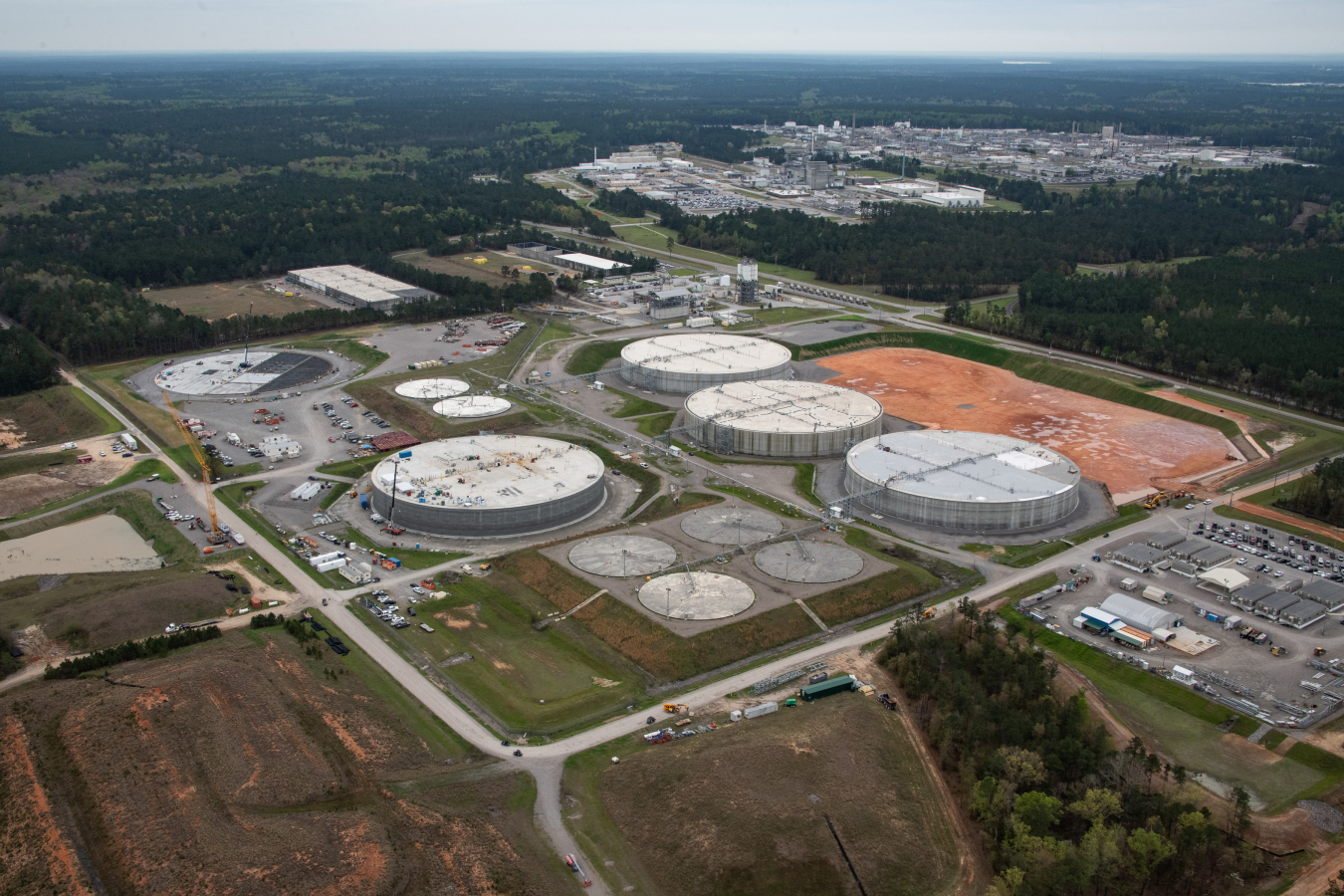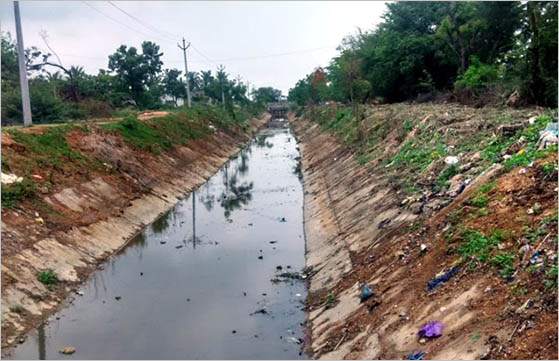How Fluid Waste Disposal Functions: An In-depth Review of Techniques and Technologies Employed

Summary of Fluid Waste Kind
The complexity of fluid waste kinds requires a complete understanding of their attributes and ramifications for disposal. Liquid waste can extensively be categorized into several types, consisting of commercial, local, farming, and harmful waste. Each classification displays unique buildings, calling for details monitoring approaches to minimize ecological and health and wellness threats.
Industrial liquid waste stems from making procedures and usually contains a series of contaminants, such as heavy metals, solvents, and organic compounds. Local fluid waste, mainly comprising wastewater from houses and business establishments, contains natural matter, nutrients, and pathogens (industrial wastewater treatment). Agricultural fluid waste, including runoff from ranches, may have plant foods, pesticides, and pet waste, presenting risks to water top quality and environments
Unsafe fluid waste is identified by its poisoning, sensitivity, or possible to trigger damage. Recognizing these diverse liquid waste types is critical for developing efficient disposal approaches and ensuring compliance with environmental guidelines.
Physical Therapy Methods

Testing is the preliminary action, where larger fragments and debris are gotten rid of from the fluid waste making use of displays or grates. This procedure shields downstream devices from damages and guarantees smoother operation. Following screening, sedimentation makes use of gravitational pressure to separate solids from liquids. In sedimentation containers, larger bits work out at the bottom, forming a sludge layer, while the clarified fluid can be more dealt with.
Purification is one more important method that entails passing the liquid via porous products, such as sand or membrane layers, to capture smaller sized bits. This action improves the quality of the fluid, making it appropriate for subsequent therapy processes.

Chemical Therapy Methods
Chemical therapy techniques are crucial for successfully managing fluid waste, particularly in attending to dissolved and colloidal pollutants that physical approaches may not appropriately eliminate. These strategies utilize numerous chemical agents to reduce the effects of, speed up, or transform harmful substances into much less harmful types.
One usual method is coagulation and flocculation, where chemicals such as alum or ferric chloride are contributed to advertise the aggregation of suspended fragments. This process enhances sedimentation, permitting easier removal of the resulting sludge. In addition, oxidation procedures, employing agents like chlorine or ozone, are used to break down complicated natural substances and pathogens, making the waste more secure for discharge or further treatment.
Neutralization is an additional vital method, which readjusts the pH of acidic or alkaline waste streams to neutral degrees, preventing prospective damage to downstream systems and the setting. Furthermore, advanced oxidation processes (AOPs) use mixes of oxidants and ultraviolet light to weaken consistent pollutants, achieving a higher degree of treatment effectiveness.
Biological Treatment Processes
Biological treatment processes play an important function in the administration of fluid waste by making use of microbes to decay natural issue and lower impurity degrees. These procedures can be generally classified right into aerobic and anaerobic therapies, each utilizing details microbial areas to attain effective waste degradation.
Cardiovascular therapy entails using oxygen to facilitate the breakdown of organic products by bacteria. This process is typically carried out in activated sludge systems, where aeration tanks supply a helpful environment for microbial growth, leading to the oxidation of organic contaminants. The resultant biomass can be visit here divided from treated effluent with sedimentation.
On the other hand, anaerobic treatment occurs in the absence of oxygen, relying upon different bacteria to break down raw material. This technique is especially helpful for high-strength waste, as it produces biogas, a renewable resource source, while reducing sludge production. Technologies such as anaerobic digesters are regularly utilized in community and commercial applications.
Both aerobic and anaerobic organic treatments not just reduce the ecological effect of fluid waste however also promote source recovery, making them essential parts of sustainable waste management approaches. Their efficiency, efficiency, and flexibility support their widespread execution across different fields.
Emerging Technologies in Disposal
Ingenious methods to fluid waste disposal are quickly evolving, driven by developments in technology and an enhancing focus on sustainability. Among these emerging modern technologies, membrane bioreactors (MBRs) have gotten grip for their capacity to incorporate biological treatment with membrane filtration, leading to high-grade effluent that can be recycled in numerous applications. MBRs make it possible for smaller footprints and more efficient operations compared to conventional systems.
One more appealing growth is the usage of anaerobic digestion combined with nutrient recovery technologies, which not only treats liquid waste but likewise creates biogas and recovers beneficial nutrients like nitrogen and phosphorus. This dual benefit improves resource effectiveness and lowers ecological influence.
In addition, progressed oxidation processes (AOPs) are being adopted for the deterioration of complicated organic toxins. These methods utilize powerful oxidants and catalysts to break down pollutants at the molecular degree, offering a very effective option for difficult waste streams.
Additionally, the integration of expert system and artificial intelligence in waste monitoring systems is maximizing functional performance and anticipating upkeep, causing minimized expenses and improved ecological compliance. These technologies mirror a considerable shift in the direction of more lasting and reliable fluid waste disposal techniques.
Final Thought
To conclude, reliable liquid garbage disposal necessitates an extensive understanding of numerous methods and technologies. The combination of physical, chemical, and organic treatment approaches guarantees the reliable management of varied waste types. Moreover, the emergence of ingenious technologies improves therapy efficacy and advertises sustainability in waste management techniques. By continuously progressing these methodologies, it comes to be feasible to address the expanding difficulties connected with fluid waste, ultimately adding to environmental protection and source recovery.
Fluid waste disposal is a crucial element of ecological administration, calling for a thorough understanding of different methods and innovations customized to various waste types. Liquid waste can broadly be categorized into a number of kinds, consisting of commercial, metropolitan, farming, and hazardous waste. Agricultural liquid waste, including runoff from farms, may contain fertilizers, pesticides, and animal waste, positioning dangers to water top quality and communities.
Various physical therapy approaches play a this page vital duty webpage in managing fluid waste properly - industrial wastewater treatment.In verdict, efficient fluid waste disposal demands a thorough understanding of numerous methods and technologies